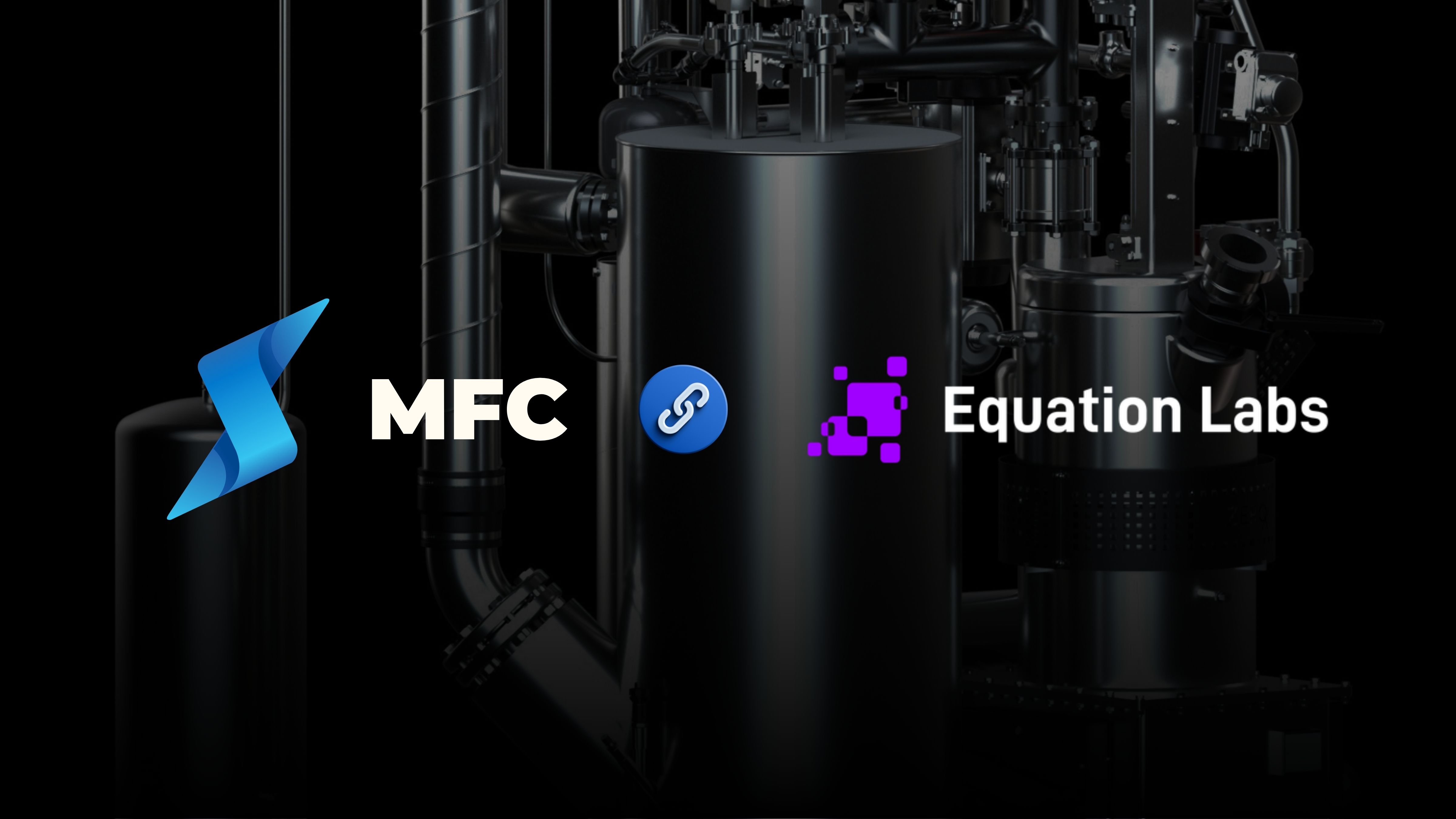As cities continue to expand, the dual challenges of managing urban waste and meeting energy demands sustainably are more pressing than ever. Innovative solutions are required to address these challenges without compromising environmental and public health. The Cometa Project represents a significant advancement in this regard, showcasing how urban waste can be transformed into a valuable energy resource. This initiative not only helps in waste reduction but also in producing renewable energy, setting a new standard for future urban planning.
The Cometa Project: Pioneering Urban Waste-to-Energy Conversion
The Cometa Project is at the forefront of sustainable urban development. By converting municipal waste into clean energy, it offers a practical solution to the problem of urban waste accumulation while contributing positively to the city's energy matrix. This project utilizes state-of-the-art technology to process waste in an environmentally friendly manner, producing electricity and heat that can support local communities.
Detailed Implications for Urban Planning
- Environmental Sustainability:
- Reduction in Landfill Use: Converting waste to energy significantly reduces the volume of waste that ends up in landfills, decreasing leachate and methane emissions, which are potent greenhouse gases.
- Lower Carbon Footprint: By generating energy from waste, the Cometa Project helps reduce the urban carbon footprint, aiding cities in meeting their climate targets.
- Energy Resilience:
- Enhanced Energy Security: Projects like Cometa provide a reliable source of local energy, reducing dependence on external energy supplies and fossil fuels.
- Stable Energy Supply: The continuous production of energy from urban waste ensures a stable energy supply, crucial for urban areas with high energy demands.
- Economic Impact:
- Job Creation: The construction, operation, and maintenance of waste-to-energy facilities generate new jobs, boosting the local economy.
- Economic Returns: Energy produced from waste can be a significant revenue source, with the potential to fund other sustainable urban initiatives.
- Scalability and Innovation:
- Adaptability: The Cometa Project model can be adapted to different urban settings, taking into consideration the specific waste management needs and energy policies of various cities.
- Technological Advancement: Continuous improvement in waste-to-energy technologies can lead to more efficient and cleaner energy production processes.
- Community and Education:
- Public Engagement: Successful implementation of such projects requires active community engagement to foster a positive public perception and participation.
- Educational Opportunities: Programs aimed at educating the public about the benefits of waste-to-energy solutions can lead to more sustainable community practices.
Challenges and Strategic Considerations
Implementing urban waste-to-energy projects is not without challenges. High initial investments, technological complexities, and potential public opposition due to misconceptions about pollution can impede project development. Moreover, projects must be designed to ensure they do not disproportionately affect low-income or marginalized communities.
Looking Ahead: The Role of Urban Waste-to-Energy in Future Cities
The success of the Cometa Project offers valuable lessons for urban planners and policymakers worldwide. As urban populations swell, the integration of similar projects into urban waste management and energy policies will be crucial for sustainable development. These projects not only support environmental goals but also enhance urban resilience, making cities better equipped to handle future challenges.
Conclusion
The Cometa Project is a beacon for sustainable urban energy solutions, demonstrating the considerable benefits of converting urban waste into energy. As we look to the future, the adoption of similar initiatives will be critical in transforming urban centers into sustainable, resilient, and self-sufficient ecosystems. For cities aiming to achieve sustainability targets, embracing the model set by the Cometa Project could be a game-changer.









